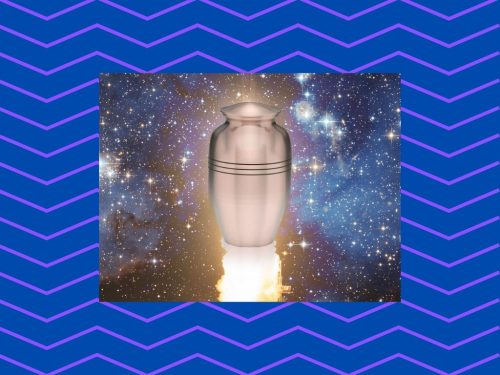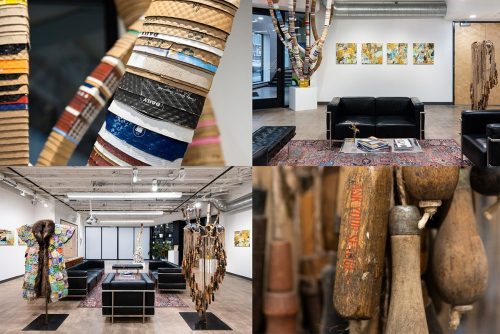In June 2022, the Supreme Court’s misguided decision in Dobbs vs. Jackson Women’s Health Organization repealed Roe v. Wade, which has stripped access to abortion and reproductive health care for millions of Americans and denied individuals and doctors the freedom to make their own health care decisions. Since the Dobbs decision, 14 states have already implemented near-total abortion bans, leaving one in three American women without access to safe, legal abortion care. Also, state legislatures across the country have introduced hundreds of bills to include medically unnecessary restrictions that limit access to abortion care.
Seemingly overnight, the landscape of female reproductive rights has changed utterly, with the majority of Americans’ views being ignored. The time is right for artists to express their dissent and to protest through compelling arguments in a variety of media.
In one such exhibit, Plan B, currently on view at the Rebecca Myers Gallery at Cross Keys through the end of March, artists and jewelers address contemporary reproductive politics using a form from ancient pottery: the Greek amphora. The touring exhibition, which has already been shown in New York, Oklahoma, Chicago, and across the country, is the curatorial brainchild of Shauna Burke. Plan B offers us a series of artists’ perspectives on both our moment and the very long history of abortion. Burke sent artists a small amphora, and asked them to make work that responded to current threats to reproductive autonomy.
Why an amphora? Archaeologists have recovered traces of abortifacient plants from amphoras used in ancient Greece. Plus, the curves of the form echo the female reproductive body. These clay vessels were used to contain olive oil, wine—and abortion-producing herbs. In the ancient world, abortion was rarely illegal or immoral and Greek and Roman women could easily harvest or buy plants to terminate a pregnancy.
Doctors knew that the procedure could save a woman’s life, and listed many abortifacient recipes in their manuscripts. However, it was impossible to accurately determine a safe yet effective dose, so the process could be risky.















